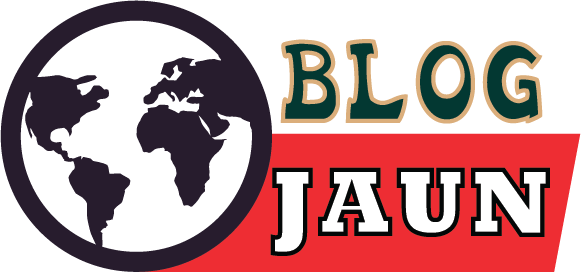Alejandro Barron, an engineer who grew up in Boyle Heights, sneaked away from work on Sunday, Nov. 17, to get an early peek at the Natural History Museum of Los Angeles’ new wing in Exposition Park — a public space known as the NHM Commons.
“I couldn’t miss this,” he said, joining hundreds of visitors for the celebration and block party that unveiled the $75-million project.
Seven years in the making, the 75,000-square-foot space provides a new entrance on the southwest side of the building called the Judith Perlstein Welcome Center, free for visitors to explore. The Commons will also permanently house two iconic pieces — a famous Los Angeles mural and a 75-foot-long sauropod dinosaur skeleton named Gnatalie.
“Chicago has Sue,” Barron said, referring to a famous T-Rex skeleton housed at the Field Museum in Chicago. “Now we have Gnatalie, so it’s a really beautiful thing.”
The famous — and somewhat infamous — 1981 mural “L.A. History: A Mexican Perspective,” created by Barbara Carrasco, graces the southern wall of the new wing. Originally commissioned by the Los Angeles Community Redevelopment Agency, it was put on ice for decades after it was deemed too controversial because of depictions of darker chapters in L.A. history, including internment of Japanese-American citizens during World War II.
“It finally has a home,” said Barron. “This is something that should have been a part of L.A.’s history and should be cemented here because it’s iconic, (showing) L.A.’s history, the good and the bad, because it’s important for people to see.”
Mercedez Isaias of Ontario, who heard about the mural through a PBS news show, said, “This installation has a home now and this is great. … It’s just amazing to be able to be here on the first day and see the new exhibits. I’m grateful to have the opportunity to be here.”
Tying in the identity of the city with the museum’s mission, as well as the people who live here now, is part of the purpose for the NHM Commons.
“We’re acknowledging the land the museum sits on even before people walk into the museum proper,” explained Milena Acosta, associate director of community engagement. “This is all about community service. Community happens in all different ways. … It’s a new space opening new doors to the local community to share space.”
She said the hope is that local residents find it an inviting place, coupled with the outdoor park areas and free admission to the main museum from 3-5 p.m. on weekdays for L.A. residents.
“Come be here,” Acosta said. “This is a neighborhood spot for you to come chill out.”
Sunday’s festivities included live music, food trucks, and booths set up outside by area nonprofits who partner with the museum.
While much of the focus was on the immediate neighborhood some visitors traveled from farther away, including Jackson Fallon of Los Alamitos.
“I love this museum and it’s so cool to see a new part of it,” Fallon said. “I love the mural and I love the design.”
Jason Enright and his son, Corran, 8, took LA Metro from North Hollywood to see Gnatalie, who received that name because of the large number of gnats that pestered the excavation site in Utah where it was discovered.
“It’s really cool and I love that there’s a free space too, if you want to come down and you don’t necessarily have a ton of money,” Enright said. “It just makes this whole part of town more exciting.”
“We heard on the radio that there was a new fossil and that it was green,” Enright said, “and Corran wanted to find out why it was green. The whole way down here we were coming up with different theories for why it was green.”
Corran said his favorite theory attributes the green color to moss. “The bones got mossy during fossilization and the green is just a print from the moss,” he said.
Shana Mathur, chief strategy and external relations officer, said the new wing and related renovations, including the restructured Theater Gallery, are all about the community. “There are so many things to be proud of,” she said. “This is truly a community effort.”
The new wing also pays homage to the museum’s internship program, featuring a display of work done by local young people who have been engaged in research. “A very important part of our philosophy is community-centric science,” Mathur said, “so we have a community science and urban nature program here.”
Museum staff want people to understand that even though they’re living in an urban area, nature and the natural sciences are still all around them, along with L.A.’s vibrant history.
“Anyone can do science … We engage the community to do science,” Acosta said. “This whole project is rooted in community in so many ways,” she said of the NHM Commons.
Barron and others seemed to recognize that. “It’s just so epic,” Barron said. “It’s just beautiful. It makes me want to come back more and more and bring my family.”
Jarret Liotta is a Los Angeles-area-based freelance writer and photographer.











